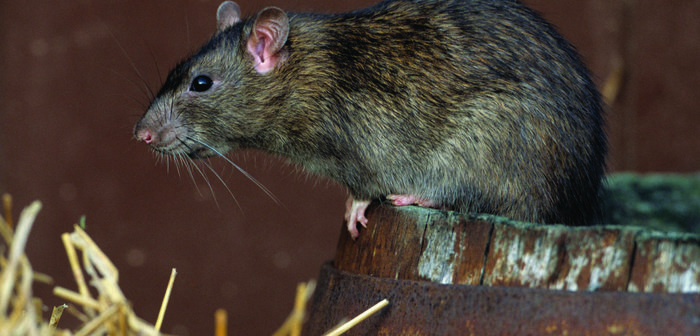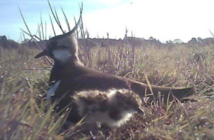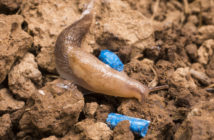LAMMA is the ideal opportunity for farmers to learn more about how they can protect their valuable assets from often-costly rodent damage. With farm machinery sitting out of sight, in storage over the winter months, it is easy to forget the potential damage that can be caused by rodents.
So, the Bayer Pest Solutions team will be on hand at the event, on stand 787, to demonstrate the true impact that rodents can have, and highlight how an integrated management approach can help to reduce the risk.
Ken Black, Bayer rural hygiene manager, explains that rodent damage to machinery and buildings is a serious issue for many farmers. “I regularly visit farms that have experienced significant damage due to rat or mouse activity, and it can mostly be avoided if managed more effectively on farm.
“It is natural behaviour for rodent’s to gnaw, whether it be the fabric of a building or stored machinery, including live electric cables, hydraulics, control panels and even cab fittings, and therefore all are at risk of damage,” he says.
Ken says that over 50% of farm fires are caused by rodents chewing electrical cables, and with recent reports showing that farm fire damage cost £44 million in 2016, it is even more important that farmers are vigilant and take proactive steps.
“Prevention is always better than cure when it comes to rodent management. So the first thing to ensure is that the perimeter of the buildings, where machinery is stored, is clear of harbourage opportunities and food sources, by tidying the area and removing any signs of remaining grain,” he explains.
“Combines and other stored machinery are particularly susceptible to damage, so it’s essential to be vigilant and ensure regular checks are made,” adds Ken.
Following implementation of these preventative measures, monitoring for rodent activity is the next step and is also a key element of stewardship. Ken recommends using a non-toxic bait to highlight pest presence, which is an important measure in advance of progressing to rodenticide application.
This will indicate if baiting is required and Ken recommends securely placing bait in areas that have been pin-pointed as runs or feeding areas during the monitoring process.
“Once the infestation has been controlled it‘s important to remove bait and replace it with the monitoring bait again, which will highlight whether there is still rodent activity and whether the bait needs to be re-applied, or if the problem needs further thought,” says Ken.
“This will also indicate if the rodenticide can be removed from the area, which is another important aspect of stewardship,” he adds.
For more information and advice on rodent management, visit the Bayer stand, number 787 at LAMMA on 17 and 18 January 2018, or visit https://www.environmentalscience.bayer.co.uk/Pest-Management .
Top tips for rodent management
- Check the CRRU website to ensure you are qualified to purchase and apply rodenticides at www.thinkwildlife.org/about-crru
- Always follow the CRRU code of best practice
- Seal access points into buildings
- Clear harbourage in and outside of buildings
- Assess the site and monitor rodent activity before applying bait
- Always apply rodenticides in accordance with the label
- Never leave bait down at the end of treatment




